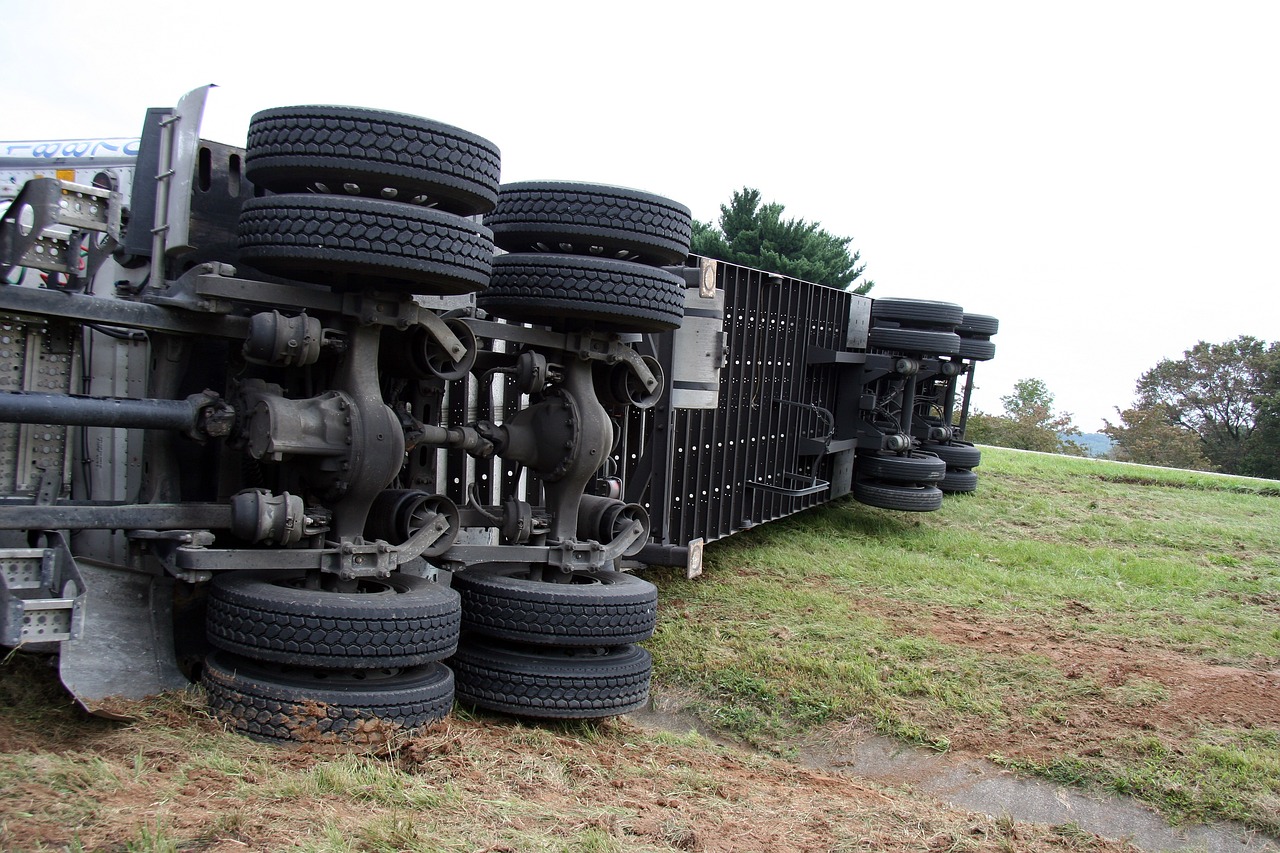
Truck accidents can be devastating, and understanding their causes is key to improving road safety. One particular issue that has drawn attention in recent years is the phenomenon of truck accidents caused by deadheading vehicles. Deadheading occurs when a truck travels without a load, which might sound innocuous but can actually be quite hazardous.
What is Deadheading?
Deadheading refers to the situation when a truck is driving empty, without any cargo. While it’s a common practice, especially for long-haul routes, it presents its own set of challenges. An empty truck behaves differently compared to a loaded one. For instance, an empty truck can have reduced traction and stability, making it more difficult to handle. Additionally, the absence of cargo can affect the truck’s braking performance and overall control. If a driver doesn’t have the necessary training and an accident occurs, legal experts like Trucking Injury Law Group can advise you on the next steps.
Key Types of Truck Accidents Linked to Deadheading
Deadheading might not seem like a big deal, but it can contribute to several types of accidents. Here’s a closer look at some of the key issues:
1. Jackknife Accidents
Jackknife accidents occur when a truck’s trailer swings out and folds against the cab, resembling a jackknife. This often happens because the trailer loses traction or the driver needs to brake suddenly. When a truck is deadheading, it’s more susceptible to jackknife accidents because the lack of cargo can lead to reduced weight on the drive axles, affecting traction and stability. On slippery roads or in sudden braking situations, this can be particularly dangerous.
2. Rollovers
Rollover accidents are another serious concern. When a truck is empty, its center of gravity shifts, making it more prone to tipping over, especially during sharp turns or evasive maneuvers. This can be exacerbated by high speeds or uneven road surfaces. The risk of rollovers increases because an empty truck has less stability, which can cause it to tip over more easily compared to a fully loaded truck.
3. Rear-End Collisions
Rear-end collisions can occur when a truck traveling without a load cannot stop as quickly as necessary. An empty truck has a longer stopping distance due to reduced braking efficiency. This is particularly problematic in stop-and-go traffic or when navigating through congested areas. If a truck cannot decelerate in time, it can rear-end other vehicles, causing accidents.
4. Skidding
Skidding is another common issue with deadheading trucks. Without the added weight of a load, the truck’s tires have less grip on the road, especially in adverse weather conditions. This can cause the truck to skid or slide uncontrollably, leading to accidents. Whether on wet, icy, or uneven surfaces, an empty truck is more likely to lose traction and skid.
5. Loss of Control
The loss of control is a broad category that encompasses various scenarios where the driver cannot maintain proper steering or handling. When a truck is empty, the dynamics change significantly. The reduced weight on the truck’s axles can lead to poor handling and increased difficulty in maintaining control, especially in challenging driving conditions.
Why Deadheading Contributes to Accidents
Deadheading trucks face several unique challenges that contribute to the risk of accidents:
● Reduced Traction: Without cargo, a truck has less weight on its drive wheels, which can lead to reduced traction and stability.
● Increased Braking Distance: An empty truck generally requires a longer distance to come to a stop, which can be problematic in emergency situations.
● Handling Difficulties: The dynamics of an empty truck are different, making it harder to handle, especially during maneuvers that involve sharp turns or sudden stops.
How to Mitigate Risks
Addressing the risks associated with deadheading involves several strategies. Here are some effective measures:
● Proper Training: Ensure that drivers receive comprehensive training on handling empty trucks, including understanding the unique challenges and best practices.
● Vehicle Maintenance: Regular maintenance is crucial to ensure that all systems, particularly braking and suspension, are in optimal condition.
● Safe Driving Practices: Encourage safe driving habits, such as maintaining lower speeds, increasing following distances, and making smooth, gradual maneuvers.
● Load Management: Where possible, avoid excessive deadheading by planning routes that minimize empty travel or seek opportunities to backhaul cargo.
Addressing the Bigger Picture
Deadheading is a significant concern, but it’s part of a larger conversation about truck safety and efficiency. The trucking industry continually works on innovations and improvements to address these challenges. Technologies like advanced braking systems, stability control, and telematics are becoming increasingly prevalent, helping to enhance safety and reduce the risks associated with deadheading.
Wrapping It Up
Deadheading might seem like a minor issue, but its impact on truck safety is far from negligible. Understanding the types of accidents it can cause and implementing strategies to mitigate these risks are crucial steps in ensuring safer roads.
